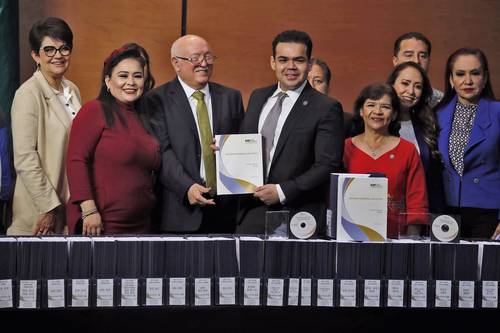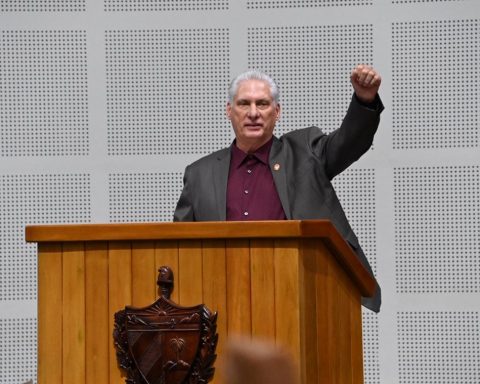The tragedy unleashed on February 15 is already the deadliest in the history of this city in the state of Rio de Janeiro (southeast).
The figure exceeds that of another catastrophe caused by intense rainfall, which left 171 deaths in February 1988, according to the records of the mayor’s office.
The search for survivors continued this day, although the slim chances of finding survivors have been officially recognized. The Civil Defense had to activate sirens this afternoon in 15 locations due to the possibility of heavy rains in the next few hours.
A total of 104 people remained missing, the Civil Police informed AFP. The number is dwindling as recovered bodies are identified and families are reunited with safe relatives.
The overwhelming rain turned the streets into rivers that swept away trees, cars and buses, and caused landslides in the neighborhoods perched on the slopes of the mountains that surround this city of 300,000 inhabitants, located about 60 km north of the city of Rio de janeiro.
In a few hours, a volume of water equivalent to a month of rain fell on Petrópolis, a picturesque tourist city that was the summer capital of the Brazilian empire in the 19th century.
Britain’s Queen Elizabeth II on Monday expressed her sadness at the loss of life and destruction caused by the floods. “My thoughts and prayers are with all those who lost their lives,” she said in a message sent to President Bolsonaro, who on Friday described the scenes as “almost warlike.”
The cleaning operations were still underway this Monday, a day after the mayor’s office asked the residents to stay at home, except in cases of extreme urgency, so that the specialists could remove mountains of rubble and garbage spilled on the roads.
According to the latest balance, 853 people are housed in emergency shelters.
In the last three months, at least 230 people have died in the country due to rainfall, mainly in the states of Sao Paulo, Rio de Janeiro and Bahia (northeast). These meteorological phenomena, according to many scientists, will be increasingly recurrent due to climate change.









